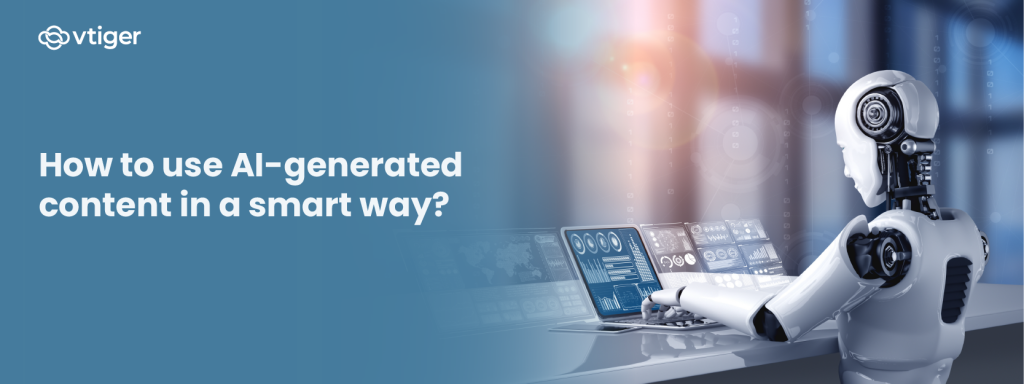AI-generated content, an progressive junction of artificial intelligence and creative phrase, has altered the landscape of content creation. This cutting-edge technology utilizes advanced methods, device learning types, and normal language control to make written, visible, and sound material autonomously. From posts and website threads to marketing duplicate and actually music words, AI has become a powerful power in providing varied forms of content with remarkable accuracy and efficiency.
One of the main advantages of AI-generated content lies in their power to streamline the content creation process. Automated formulas can easily analyze substantial levels of knowledge, identify patterns, and create coherent and contextually applicable text, keeping considerable time for material creators. That effectiveness is very valuable for companies and press stores looking to produce large volumes of content in a timely manner.
AI-generated material isn’t limited by simple text; it reaches visual and music realms as well. Generative types can cause reasonable photos, style artwork, and even prepare music. That flexibility starts up new possibilities for media content production, empowering creators to examine varied types of term and engagement.
The technology behind AI-generated content has developed to the stage where it may simulate the nuances of human language and writing styles. Sophisticated natural language control versions, such as for example OpenAI’s GPT-3, are designed for making text that directly emulates human publishing, which makes it difficult for visitors to discover whether a bit was constructed by a device or even a human. This improves interesting issues about the future of authorship and the ethical criteria encompassing AI-generated content.
While AI-generated material offers performance and scalability, you will find continuing discussions about their effect on the work industry for human writers and creators. Some argue that AI may match individual creativity, providing creativity and even collaboration. Others show concerns about potential job displacement and the requirement for moral recommendations to govern the use of AI in content creation.
The utilization of AI-generated material is widespread in several industries, from e-commerce and marketing to writing and entertainment. Organizations deploy AI to create individualized advertising copy, enhance web site material, and enhance client engagement. Media businesses experiment with AI resources to automate information writing and make studies on best ai content generator -driven topics. In the leisure market, AI has been used to prepare audio, create texts, and actually make whole electronic characters.
Despite their advancements, AI-generated material is not without challenges. The technology may possibly struggle with context understanding, and there is a danger of generating biased or misleading information based on the knowledge it was qualified on. Ethical concerns about plagiarism, authenticity, and visibility also arrived at the forefront, requiring cautious oversight and responsible use of AI-generated material in a variety of contexts.

As AI-generated content remains to evolve, it prompts a reevaluation of the jobs of human imagination and unit intelligence in the creative process. It difficulties conventional notions of authorship, increases honest factors, and sparks conversations about the collaborative possible between individuals and AI in content creation. The continuing progress with this engineering holds the promise of reshaping exactly how we produce and eat up content in the digital age, ushering in a time where imagination is increased by the features of artificial intelligence.
